Challenging plans to burn rubbish in industrial incinerators for energy because of pollution and health concerns
On behalf of Environment East Gippsland, EJA lawyers challenged the approval of plans by Australian Paper and waste giant Suez, to build a waste-to-energy plant at the Maryvale paper mill in the Latrobe Valley.
Combustion of toxic materials such as plastic and PVC release toxic pollutants into the air, including mercury, lead and dioxins are associated with serious health impacts.

What was the issue?
Even though burning rubbish in backyard incinerators was banned about 40 years ago, a number of companies in Australia have moved to restart the practice by burning waste in industrial incinerators for energy.
These waste-to-energy projects might sound good at face value but contrary to company claims, waste incineration is not necessarily good for the environment or community health.
Combustion of toxic materials such as plastic and PVC release toxic pollutants into the air, including mercury, lead and dioxins that are associated with serious health impacts.
Facility operators often reassure communities that pollution level standards will be adhered to. In reality, air pollution standards in Australia are lax compared to many other countries and are often poorly monitored and regulated.
On 28 November, 2018, the Victorian Environment Protection Authority (EPA) approved a joint proposal from Australian Paper and waste giant Suez, to build a waste-to-energy plant at the Maryvale paper mill in the Latrobe Valley.
The companies planned to burn an estimated 650,000 tonnes a year of rubbish from Melbourne and Gippsland – roughly enough to fill three-quarters of the MCG, or 468 Olympic swimming pools – an equivalent of more than half of Victoria’s domestic rubbish.
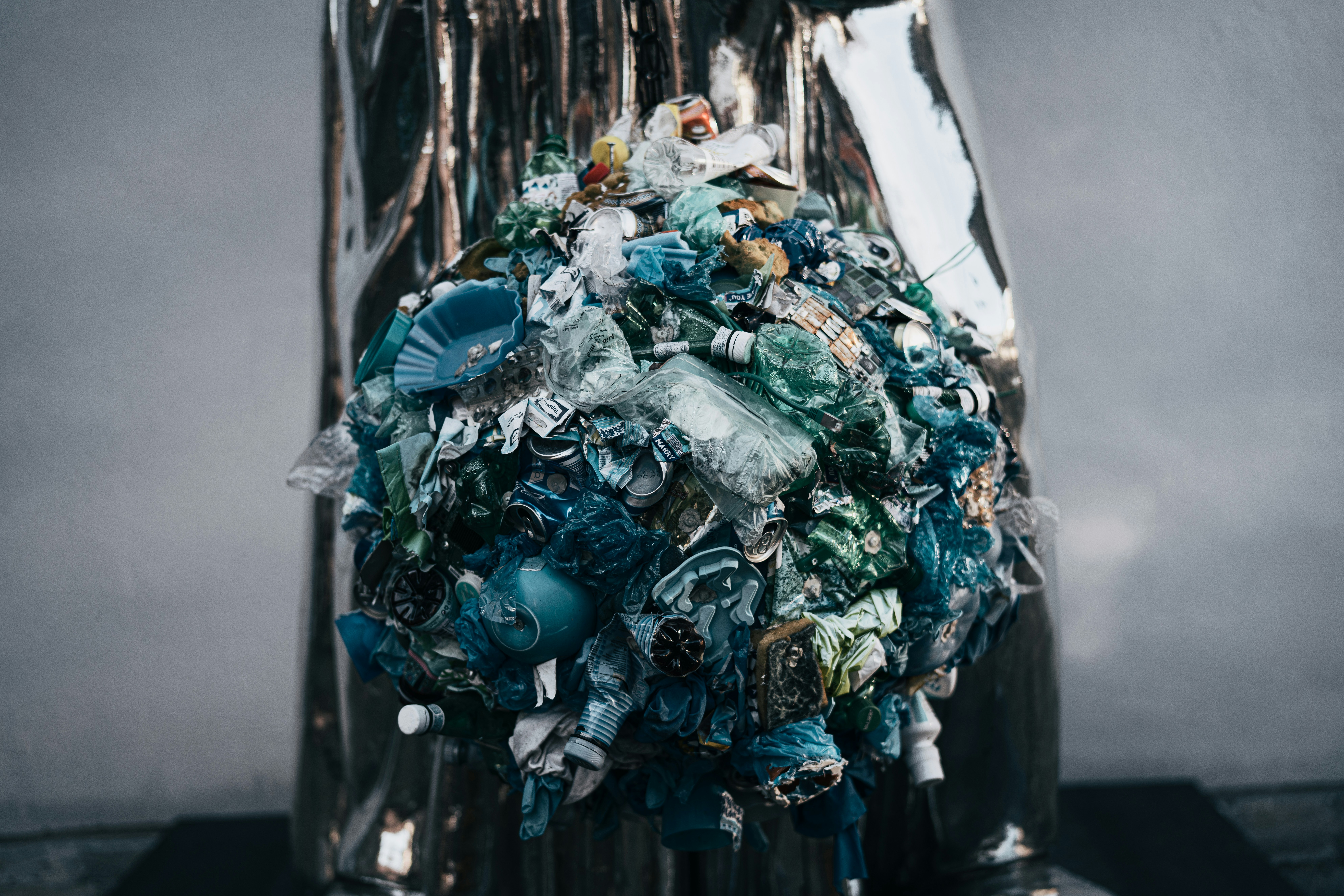
These so-called "solutions" in fact just relocate pollution sources and exacerbate environmental harm, when governments could instead prioritise energy projects that aim for zero waste, prioritise recycling and are genuinely clean and renewable.
Where these projects do go ahead, it must not be at the expense of the community health and the environment.
We must make sure that there are legally enforceable conditions in place to limit pollution, protect community health, provide transparency and ensure that waste is not diverted away from recycling and reuse.
What did we do?
Acting for community group, Environment East Gippsland (EEG), we challenged the EPA’s decision to approve the plant in the Victorian Civil and Administrative Tribunal (VCAT) on the grounds that there were no guarantees that organic waste, native forests or recyclables wouldn’t be burnt when they could be reused, composted, used as fertiliser, or recycled.
In June 2019, Environment East Gippsland settled its legal challenge to the Victorian EPA’s approval of Australian Paper’s proposed Maryvale Mill waste incinerator.
EEG agreed to withdraw its appeal after Australian Paper and the EPA agreed to amend the approval to respond to the group’s concerns.
New conditions negotiated by EJA Lawyers for our client Environment East Gippsland include:
- A new condition to make it explicit that the incinerator is only to be used to burn non-hazardous commercial waste.
- Amendments to ensure that the incinerator is designed to allow for ease of upgrades to achieve stricter emission limits in the future.
- Installation of continuous Emission Monitoring of Mercury as soon as that technology is recognised as a Best Available Technique by the European Commission.
- Loads of rubbish will now be required to be diverted out of the incineration stream if they contain ‘more than negligible amounts of recyclable material’, rather than the previous threshold of ‘mainly recyclable material’.
- Another new condition incorporated into the EPA Works Approval confirms that Victoria’s native forests or plantations will not be burnt in the Incinerator, with wood waste limited to a maximum of 1% of the feedstock.
Although the proposal was still a huge step backwards as a solution to deal with domestic and industrial rubbish, these improved conditions on the design and operation of what could be Australia’s largest waste incinerator can provide some reassurance to the community.
“The government recently pledged $34 million to strengthen the recycling sector and is currently developing a circular economy action plan, due to be finished by 2020. Yet this incinerator would be in direct competition for the rubbish that should be recycled. We are hoping that this incinerator will prove unviable as the Victorian community gets behind the more sustainable circular economy which focuses on reducing, reusing and recycling, rather than incineration.”
— Jill Redwood, Environment East Gippsland
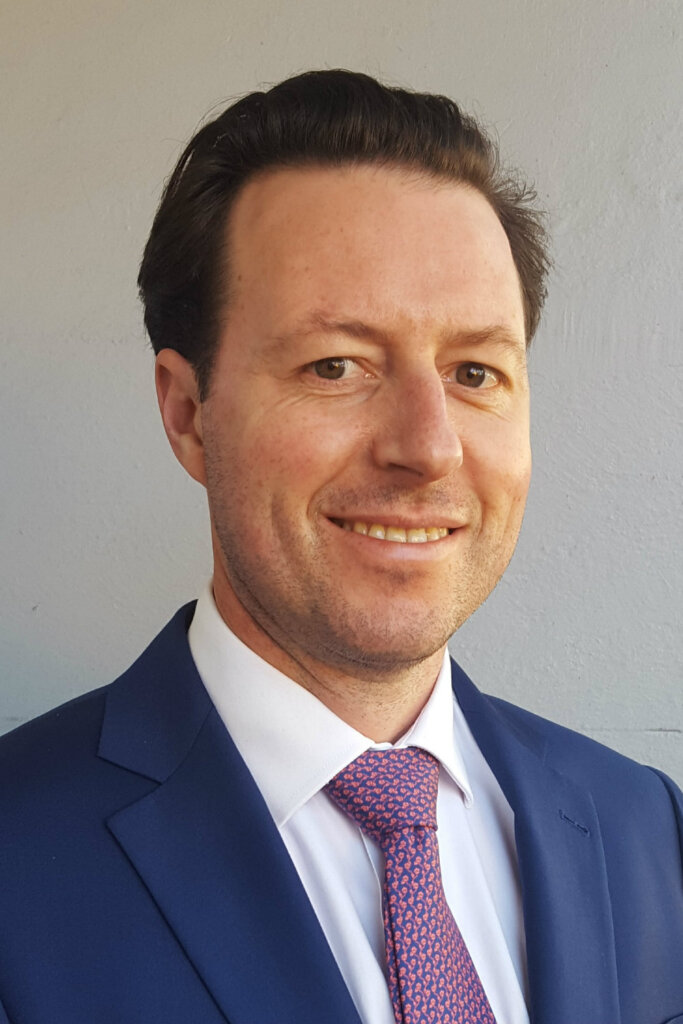
“The settlement shows the importance of community groups scrutinising proposals and taking action to strengthen conditions on projects that can threaten a region’s health and well-being.”
— NICK WITHEROW, FROMER EJA PRINCIPAL LAWYER
“The strengthened conditions should ensure that the community has better access to information about the incinerator’s emissions and should better protect both the community and environment.
We are hoping that this incinerator will prove unviable as the Victorian community gets behind the more sustainable circular economy which focuses on reducing, reusing and recycling, rather than incineration.”
— JILL REDWOOD, ENVIRONMENT EAST GIPPSLAND

More of our impact for clean air
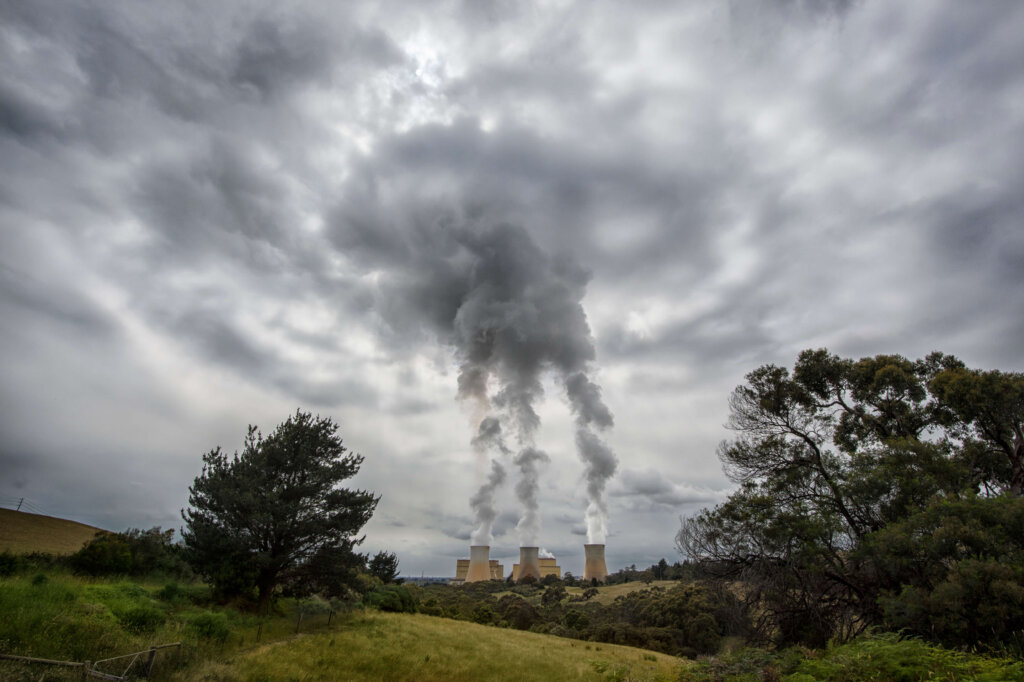
The Victorian coal pollution case
The case challenging the EPA and three huge power station operators over air pollution
Read More
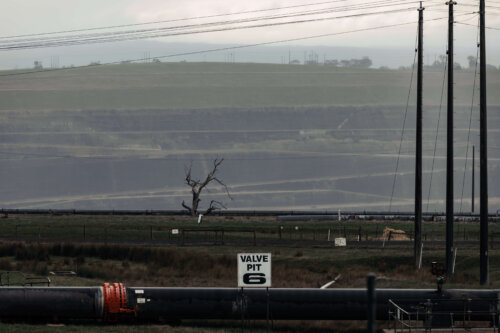
Cleaning up coal mines
Read More

Holding Adani to account for breaching pollution controls
Read More
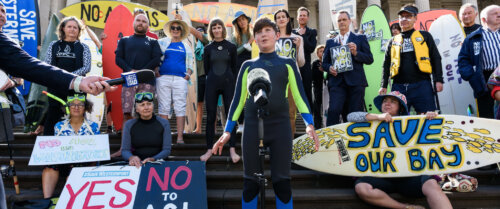
Stopping AGL’s gas import terminal to protect Westernport Bay
Read More

Make a difference
The challenges we face are vast. The time to push for large-scale system change is now.
Our financials
We are committed to transparency, accountability and sound financial management.
We encourage you to investigate our track record.
Join us
The law is a powerful tool to disrupt the status quo and make governments and corporations accountable.
Join us and let's build a radically better world.

